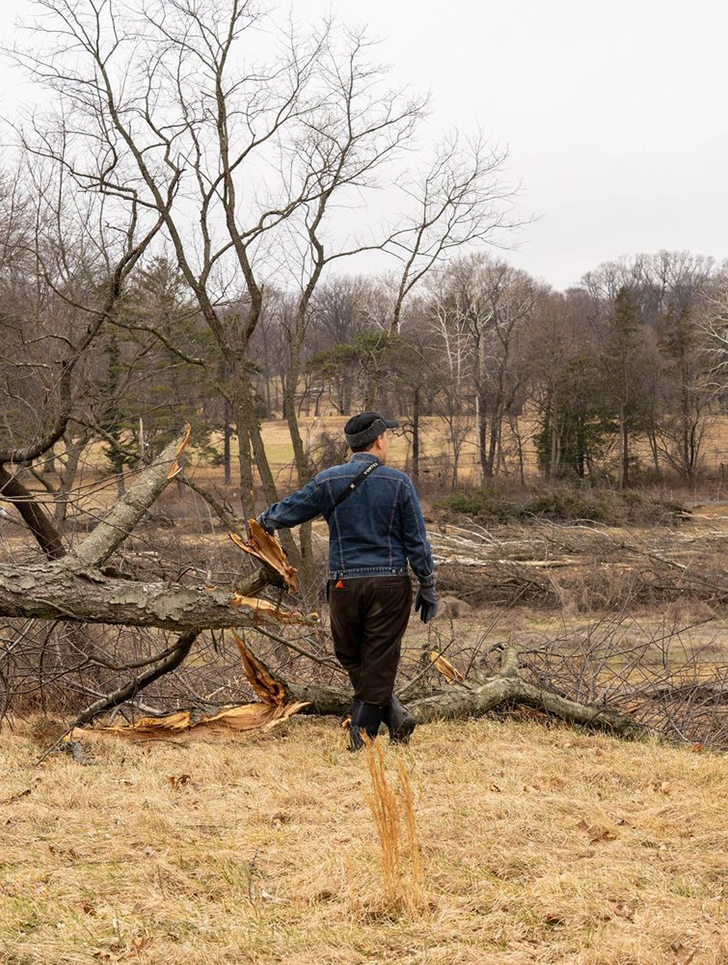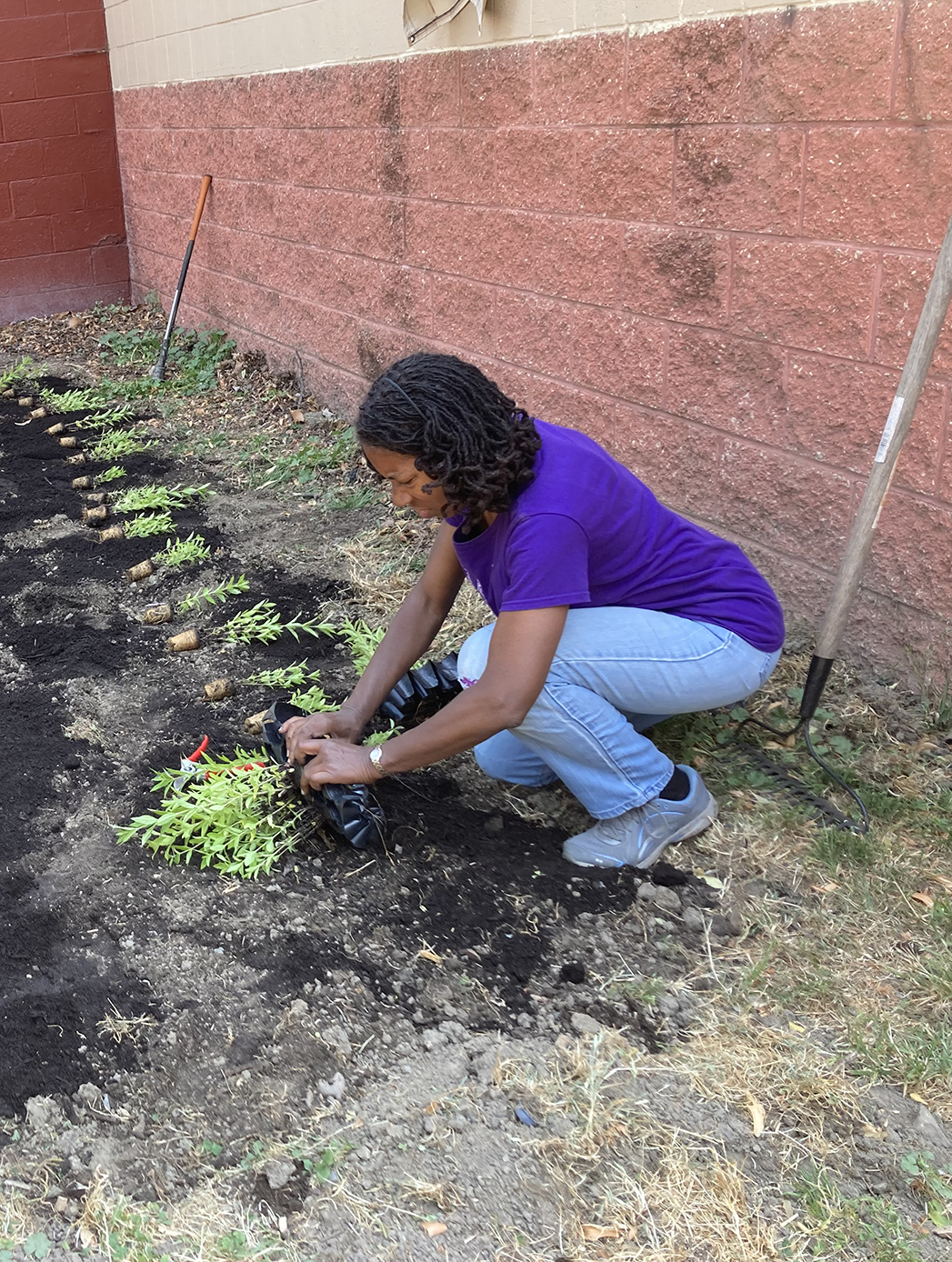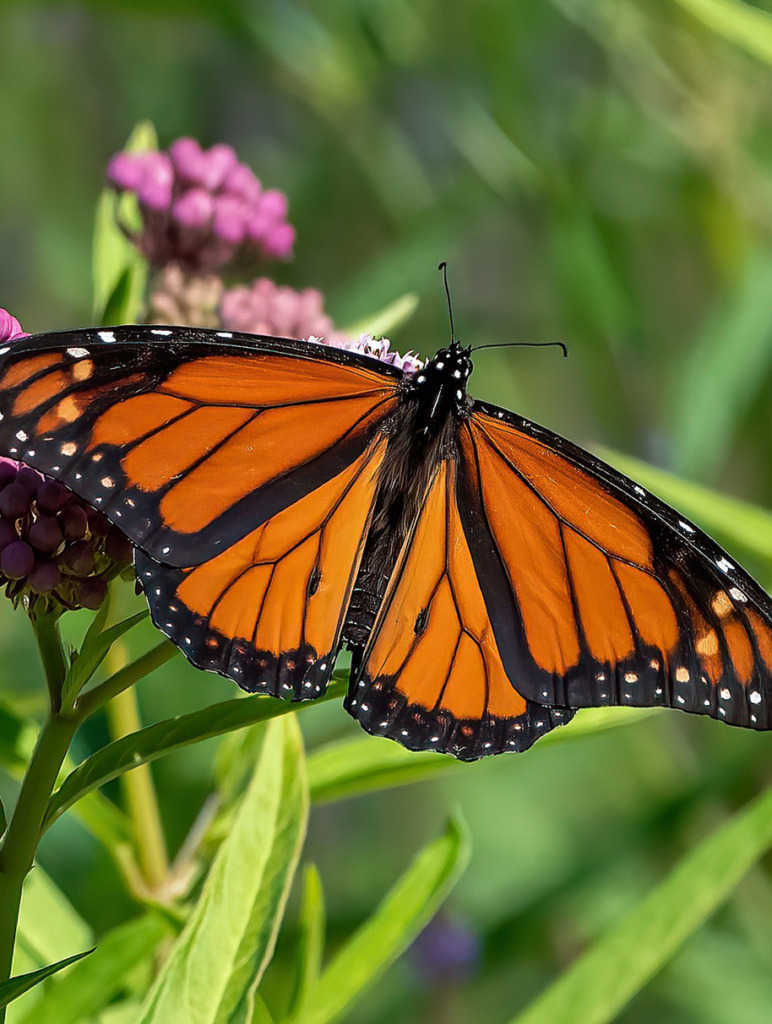If you want to elicit some angry comments from readers, print something unflattering about cats. We’ve done that more than once in Grid, pointing out the devastating impact that outdoor cats have on wildlife (they kill billions of birds, mammals and other critters per year in the United States). Author Scott Weidensaul drives that point home again in our interview about migratory birds and how we can help them — but he doesn’t stop there. He adds the important point that if we want a greenspace to be good bird habitat, we need to think about limiting dogs, even leashed ones. Now we’ll have the dog people after us, too.
Why stop there? While we’re talking about the environmental impact of pets, we need to think about what they eat. Every carnivorous pet we maintain requires an enormous pile of dead animals (fish, chickens, pigs, cattle) over the course of its lifetime. Cats (not to mention my former, admittedly niche, pet of choice, snakes) are obligate carnivores, meaning they have no choice but to eat animals. In addition to making me reassess the moral value of adopting strays — since any single carnivore rescue dooms other animals to be ground up to feed it — this realization made it even harder to ignore the mountain of resources beneath that pile of dead animals*.
It takes a lot of grain to feed the unfortunate livestock that become their food. That feed, in turn, requires a lot of land, water, fertilizer, diesel and pesticides. One study from 2017 estimated that cats and dogs in the U.S. account for 25-30% of the country’s environmental impacts from animal production.
So is it time to put Fluffy and Fido down to save the planet? Although that would arguably result in fewer total animal deaths and a smaller environmental paw print than letting them live to a ripe old age, we can still accomplish a lot with a more moderate approach.
It is possible for dogs to consume a meatless diet, and if they don’t, dry pet food generally has a smaller paw print than wet. Some of the researchers looking into the environmental impact of pet food have suggested using insects, which are particularly efficient at converting feed to meat.
In our household, as the snakes aged out we shifted to adopting rats, pets that mostly eat plant matter and that are, in my experience, as least as loving and engaging as cats. Rabbits fit the same bill at a larger, more-huggable scale.
A human’s choice to eat a plant-based diet results in a smaller footprint of land, water, pesticides, fertilizers and emissions. Likewise, choosing to love a plant-eating pet can be the sustainable choice.
Bernard Brown, Managing Editor
* A lot of what goes into pet food are animal by-products that humans wouldn’t eat, but those by-products still have value in alternative uses, such as fertilizer and biofuel. Thus bidding up the price of by-products to include them in pet food raises the price of fish or livestock overall and incentivizes more animal production and killing.









